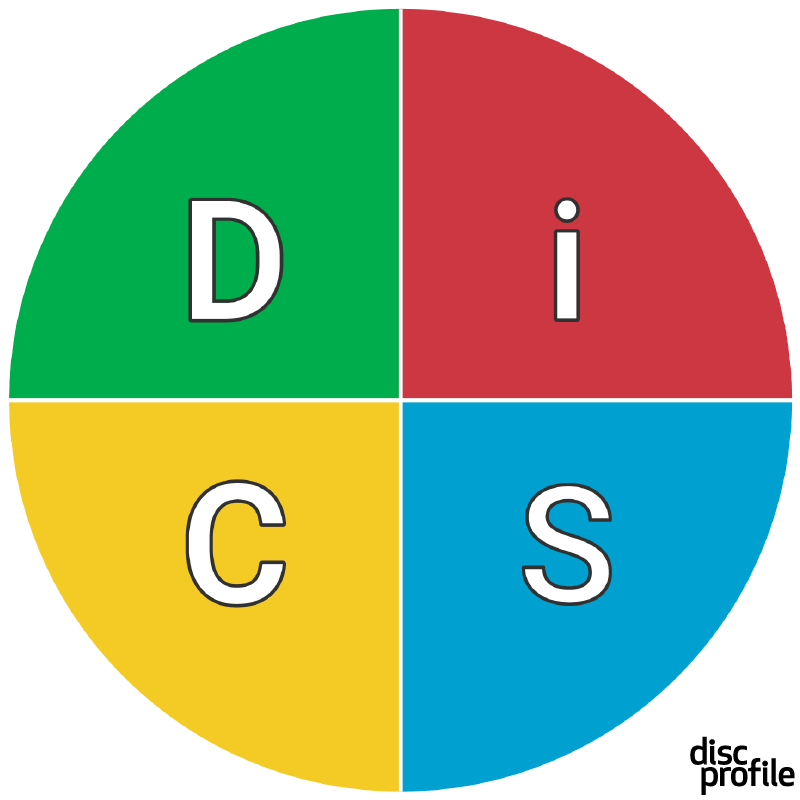Last updated: May 2025
You know that email list sitting in your CRM? The one with 500+ contacts you haven't touched in months? Yeah, that one. It's not dead—it's just dormant. And with the right approach, you can wake it up without triggering spam filters or alienating potential clients.
Here's the reality: most MSPs collect email addresses like business cards at a networking event, then panic when it's time to actually use them. But ignoring that list isn't just wasteful—it's costing you real opportunities.
Why Cold Email Lists Are Riskier Than Ever (Especially in 2025)
Gmail rolled out stricter spam detection algorithms in late 2024, making email deliverability more challenging than ever. If your list has been dormant for 3+ months, you're facing:
- Deliverability issues: Cold sends can damage your domain reputation
- Higher bounce rates: Old contacts change jobs, especially in tech
- Spam complaints: Recipients forget they opted in
- Gmail's new restrictions: Stricter authentication requirements for bulk emails
According to our Premium Marketing Director, Brandi Rogers, "Gmail just recently got much more strict with their guidelines, and if there are Gmails in the lists, you'll risk getting flagged for spam if not done right from the get-go."
The solution? A systematic warm-up process that treats your dormant list like the valuable asset it is.
In this post, we're spilling the beans on the exact step-by-step plan for how to do it right and how to know if it's working.
The Technical Foundation: Domain Warm-Up Strategy
Before you send a single email to prospects, you need to establish sender reputation. Here's the progression Brandi recommends:
Phase 1: Internal Testing (Week 1)
Start with a small test list of internal team members or close business partners. Send 10-20 emails to verify your technical setup is working correctly.
Phase 2: Known Contacts (Week 2)
Email existing clients and contacts who know you well. These recipients are most likely to engage positively, building your sender score.
Phase 3: Prospects (Weeks 3-4)
Gradually introduce your dormant prospect list, starting with your most engaged segments.
Timeline: Plan for 4 weeks minimum to properly warm up your domain under current Gmail guidelines.
The 4-5 Email Reactivation Sequence
Your warm-up campaign should consist of 4-5 emails spread over 4 weeks. Each email should be text-driven with one link or less to avoid triggering spam filters.
Email 1: The Honest Reintroduction
Send timing: Week 1
Purpose: Acknowledge the silence and reset expectations
"It's been way too long since we've connected. I'm [Your Name] from [MSP Name], and we help [target market] with [specific value]. You signed up for our emails because [reason], but I'll be honest—we haven't been great at staying in touch.
That changes now. Over the next few weeks, I'll be sharing practical cybersecurity tips, industry insights, and resources that actually help your business run better. No fluff, no constant sales pitches.
If you'd rather not hear from us, no hard feelings—just hit unsubscribe below."
Email 2: Immediate Value Delivery
Send timing: Week 2
Purpose: Demonstrate expertise and provide actionable content
Share a recent cybersecurity threat you've helped clients navigate, complete with specific steps they can take to protect themselves. This positions you as the trusted advisor rather than just another vendor.
Email 3: Social Proof + Resource
Send timing: Week 3
Purpose: Build credibility through client success
Tell a brief story about how you helped a similar business overcome a challenge, then offer a related resource (like a security checklist or assessment tool).
Email 4: Expectation Setting + Community Building
Send timing: Week 4
Purpose: Establish ongoing communication rhythm
Explain what recipients can expect going forward. As an example: "Every other Tuesday, I'll send you one practical tip that takes less than 2 minutes to read but could save you hours of headaches."
Email 5 (Optional): Re-engagement Check
Send timing: End of Week 4
Purpose: Clean your list and boost engagement metrics
Send a simple "Are you still interested?" email with clear options to stay subscribed or opt out. This improves your engagement rates and sender reputation.
Technical Best Practices for Maximum Deliverability
Authentication Setup
Ensure your domain has proper SPF, DKIM, and DMARC records configured. These technical authenticators tell email providers your messages are legitimate.
List Hygiene Protocol
Before sending anything:
- Remove obvious invalid addresses (no-reply@, admin@, etc.)
- Use email verification tools like NeverBounce or ZeroBounce (If you use our Premium Marketing services, your lists are already triple verified!)
- Segment by engagement history if available
- Remove hard bounces from previous campaigns
Sending Volume Strategy
Don't blast your entire list at once. Start with 50-100 recipients max and gradually increase based on:
- Open rates above 20%
- Bounce rates below 2%
- Spam complaint rates below 0.1%
Common Mistakes That Kill Cold Email Revival
The "Pretend Nothing Happened" Approach
Acting like you've been emailing regularly destroys trust immediately. Acknowledge the gap honestly.
Leading with a Sales Pitch
Your first email back shouldn't be a service offering. Lead with value, build trust, then earn the right to make offers.
Ignoring Engagement Metrics
If open rates are below 15% or bounce rates exceed 5%, stop and reassess. Don't keep sending to an unresponsive list.
One-Size-Fits-All Messaging
A CTO's concerns differ from an office manager's. Segment your messaging accordingly.
Measuring Success: Key Metrics to Track
Engagement Metrics
- Open rates: Target 25-35% for reactivation campaigns
- Click-through rates: 2-5% is healthy for educational content
- Reply rates: Any positive responses indicate strong re-engagement
Deliverability Health
- Bounce rate: Keep below 2%
- Spam complaints: Maintain under 0.1%
- Unsubscribe rate: 1-2% is normal for reactivation campaigns
Long-term Growth
- List growth rate: New subscribers vs. unsubscribes
- Engagement trend: Are metrics improving over time?
- Conversion tracking: Leads generated from reactivated contacts
A Reality Check for New Marketers: Don't panic if your numbers don't match these benchmarks immediately. Email performance varies significantly by industry, audience size, and target market. You might see different engagement rates if you're targeting manufacturing companies versus professional services firms, for example.
And here's something that might surprise you: unsubscribes aren't always bad news. While too many unsubscribes can signal you're targeting the wrong audience or your messaging is off-brand, some unsubscribes actually help you. They're self-cleaning your list of people who were never going to convert anyway. A smaller, engaged list always outperforms a large, disinterested one. Think of unsubscribes as free list hygiene—they're helping you focus your efforts on prospects who actually want to hear from you.
Setting Up Your Ongoing Email Strategy
Once you've successfully reactivated your list, prevent future dormancy with:
Welcome Series Automation
Create a 3-5 email sequence for new subscribers that introduces your company, sets expectations, and delivers immediate value.
Consistent Sending Schedule
Whether weekly, bi-weekly, or monthly, consistency builds trust and maintains engagement.
Content Planning
Develop a content calendar mixing:
- Educational content (60%)
- Industry news and insights (25%)
- Company updates and offers (15%)
The ROI of Email List Revival
Consider this: if your dormant list contains 500 contacts and you reactivate just 10% into engaged subscribers, that's 50 warm prospects. If your sales team typically converts 20% of warm leads into closes and your average client value is $50,000 annually, that's potentially 10 new clients worth $500,000 in revenue - all from contacts you already had.
Moving Forward: Your Next Steps
- Audit your current list: Clean out obvious dead addresses and segment by source
- Set up technical infrastructure: Verify SPF/DKIM/DMARC records
- Plan your 4-email sequence: Write authentic, value-driven content
- Start small: Begin with 50-100 contacts for your first send
- Monitor and adjust: Track metrics and refine your approach
Remember Brandi's advice: "It takes time, but it's worth it." A properly warmed email list becomes your most valuable marketing asset—a direct line to prospects and clients who've already expressed interest in what you offer.
Your dormant email list isn't a liability—it's an untapped opportunity. With the right strategy, technical setup, and patience, you can transform those sleeping contacts into engaged prospects and loyal clients.
The question isn't whether you should revive your cold list. It's whether you can afford not to.
Ready to build an email strategy you'll actually use?
We're bringing back our Sales & Marketing Workshop in partnership with GlassHive for this Academy this August. You'll leave with actual emails written, sequences mapped out, and the confidence to hit send without second-guessing yourself. Done and done.
Learn more about the Sales & Marketing Workshop








